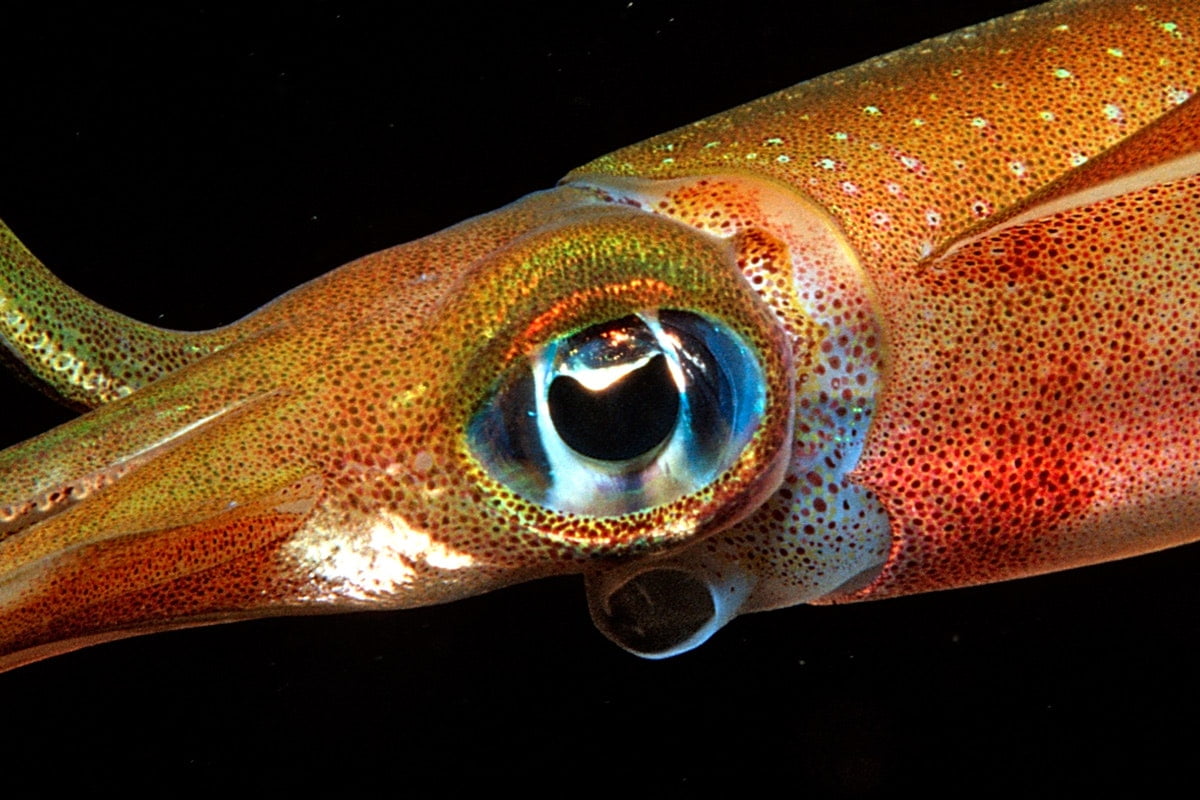
Squid are among a select few species of animal in the world whose eyes involve perfect lenses, capable of focusing all rays of light to the same convergence point. Until now, however, the molecular structure behind this peculiar feature has largely eluded scientists.
From previous studies, it has been established that the refractive index of a squid’s optical lens – the degree to which it bends the paths of light that passes through it – is greatest at the centre of the lens and decreases towards the edge in such a way as to focus the light. This is unlike a glass lens, for example, which has the same refractive index everywhere but is precisely shaped to focus light. The mystery of the squid’s eye has been how molecular processes achieved this refractive index gradient.

Does a shifty lens help octopuses see colours?
A recent investigation carried out by Jing Cai from the University of Pennsylvania in the US and colleagues suggests that a protein gel of varying thickness is responsible for the superior ability of squid to manipulate light.
The researchers used small-angle X-ray scattering experiments on lens tissue taken from inshore squid and found that this gel was comprised of a series of globular proteins, primarily from the S-crystallin family.
In their report, published in Science, Cai and his team claim that the change in refractive index within a squid’s eye can be explained by the assembly of these S-crystallin molecules, which collect in larger structures with higher density at the centre of the optical lens than at the edges.
The work of Cai and his colleagues is not only important from a biological standpoint, but also because it could lead to new methods of creating smart materials like artificial, abnormality-free optical lenses based on simple materials with properties similar to those of S-crystallins.
[“Source-cosmosmagazine”]
